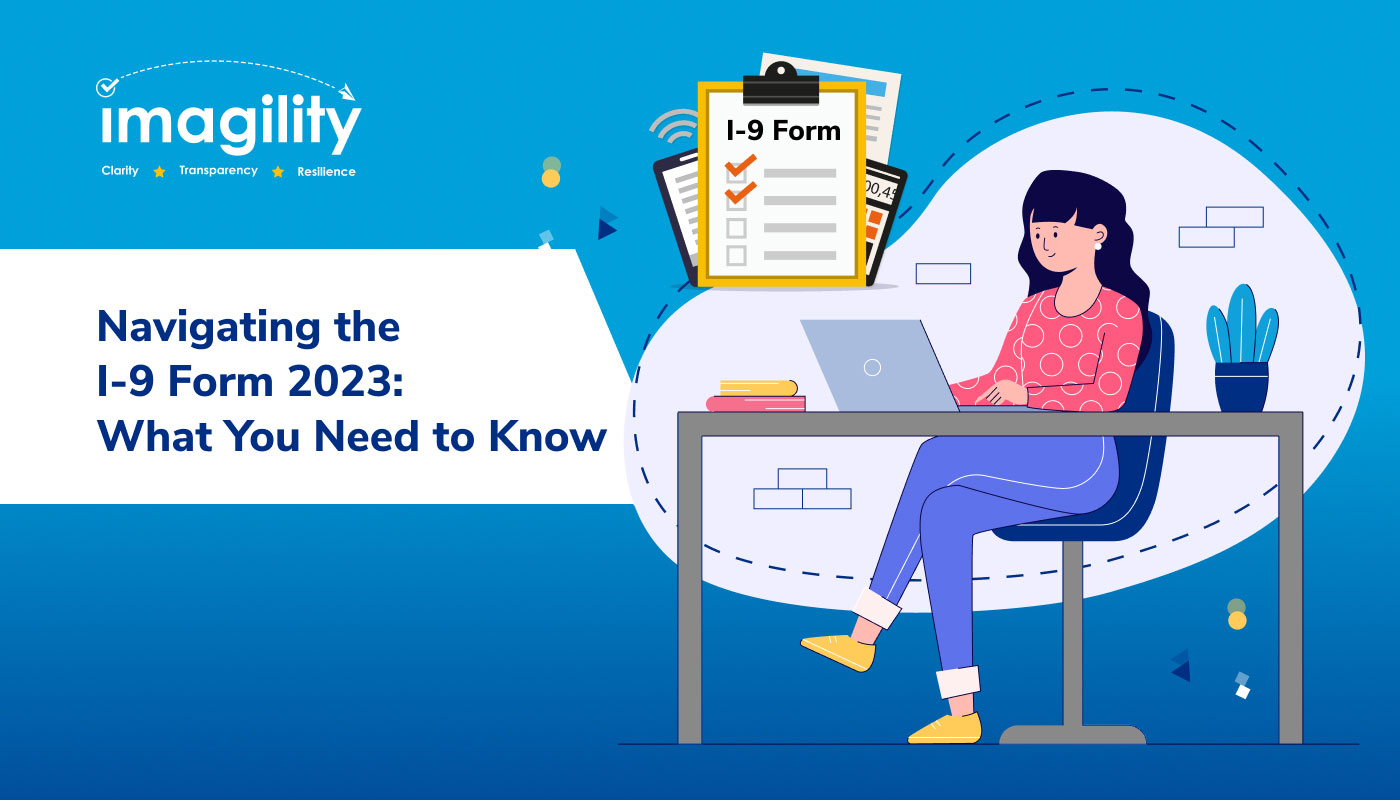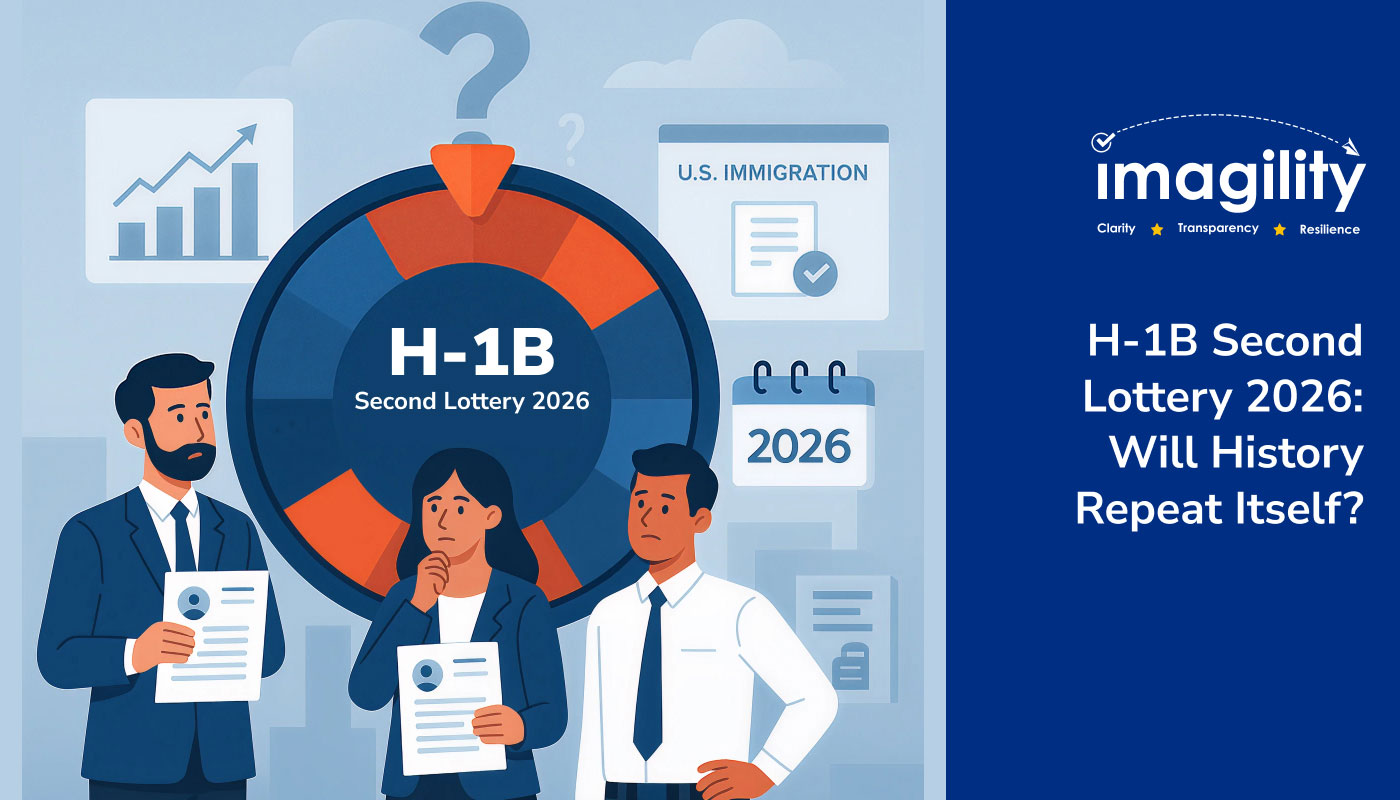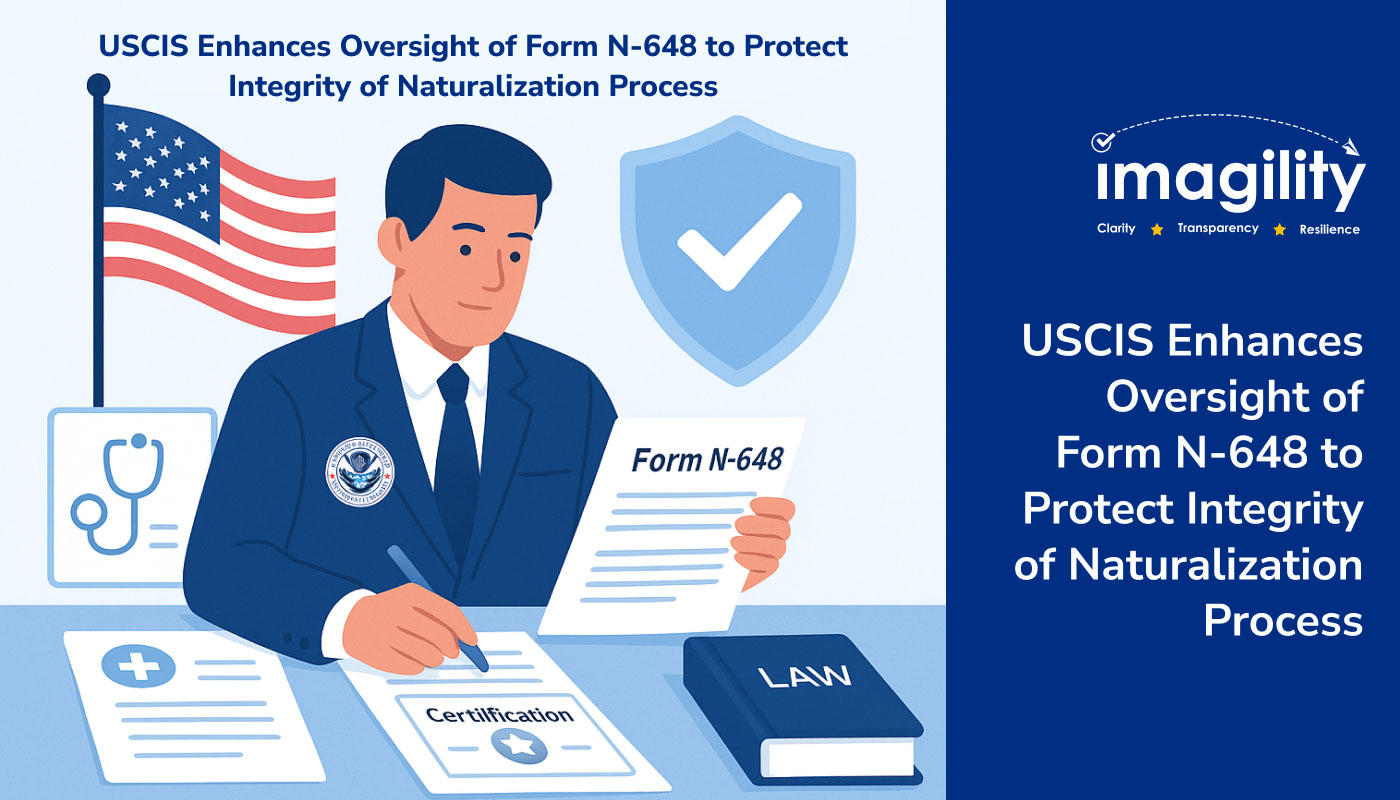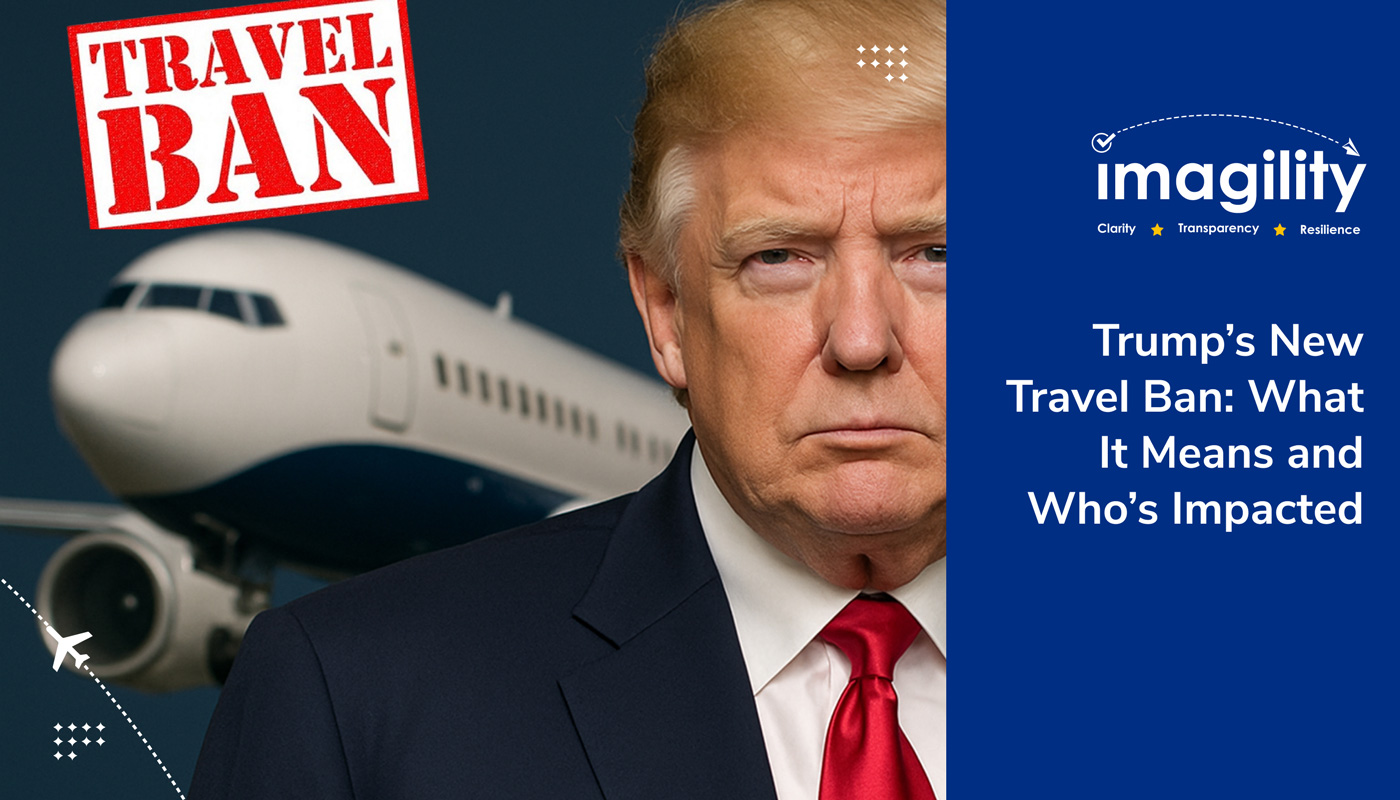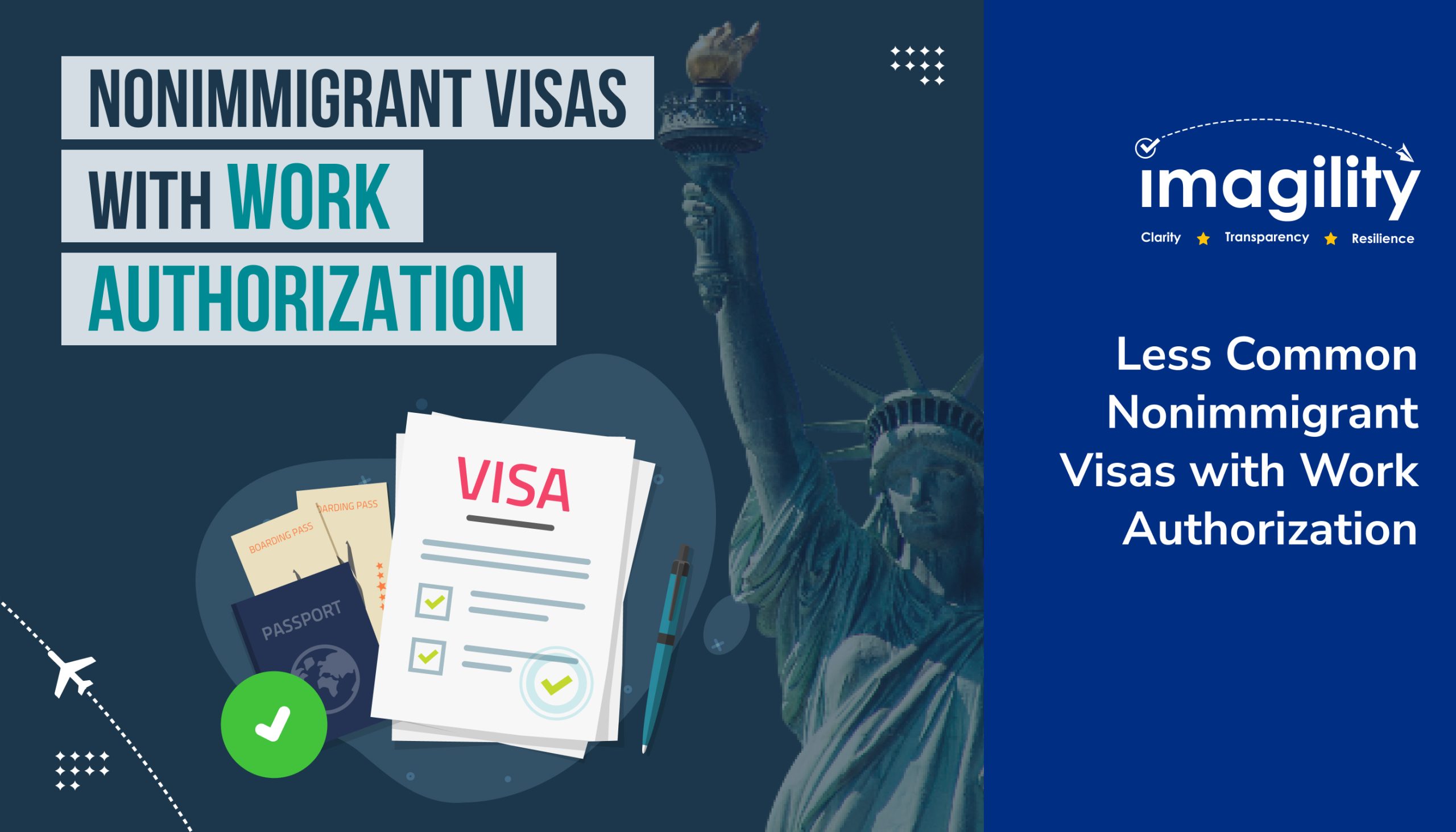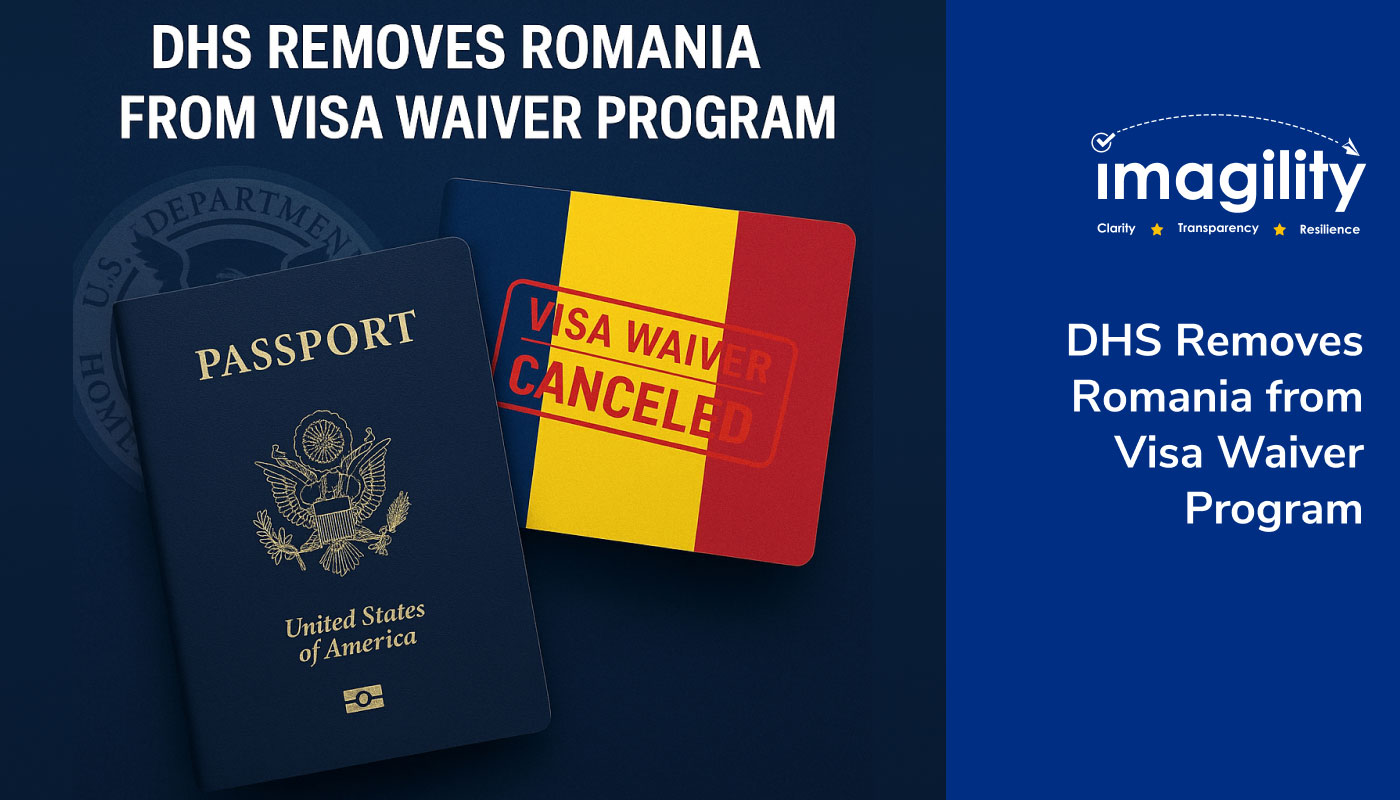Table of Contents
Removal of covid-19 I-9 flexibilities
How to complete the I-9 form
I-9 verification documents
I-9 penalties
Bottom line
Are you curious about changes in the I-9 form 2023? Are you looking for any updates in remote employee verification? Do you want to avoid potential consequences by correctly filling out the I-9 form? If so, you have landed on the right page. We will throw light on changes in I-9 form 2023 and how to complete the I-9 form correctly, along with letting you know that DHS has recently announced the termination of I-9 form flexibilities granted during the COVID-19 pandemic.
Let’s begin,
Removal of covid-19 I-9 flexibilities
During the COVID-19 pandemic, employers were given more flexibility in how they completed Form I-9. They could verify their employees’ identity and work authorization documents remotely, without meeting in person. This was helpful for employers working from home who couldn’t follow the normal rules for the I-9 form. However, this flexible approach will come to an end on July 31, 2023.
Now, employers have to go back to the regular process of completing the I-9 form in person. If employers hired new employees during the pandemic using the relaxed verification process, they need to recheck their original documents by meeting the employees face-to-face.
Although returning to in-person verification might pose new challenges for employers, it helps prevent fraud and ensures that only people authorized to work in the United States are employed. Employers must ensure their employees fill out the I-9 form correctly and follow the updated rules to stay compliant.
How to complete the I-9 form
Completing the I-9 form involves several steps. Here is a step-by-step process to complete the 1-9 form:
Obtain the Form:
You can download the most recent version of Form I-9 from the official U.S. Citizenship and Immigration Services (USCIS) website (uscis.gov) or request a physical copy from USCIS.
Section 1: Employee Information
The employee fills out Section 1 of the form. This section includes personal information like name, address, date of birth, and Social Security Number (if applicable). The employee must also indicate their employment authorization status and sign the form.
Section 2: Employer Verification
As the employer, you must complete Section 2 of the form. You must review and verify the employee’s original identity and work authorization documents within three business days of their employment start date.
You must ask the employee to present the necessary documents from List A or a combination of one document from List B and one from List C (explained below). You must go check the documents to ensure they are genuine, unexpired, and related to the employee.
After cross-checking the documents, sign and date section 2, certifying that you have reviewed the employee’s documents and that they appear genuine.
Section 3 (if applicable): Re-verification and Rehires
The third section is used for re-verification and rehires. Employers may need to complete this section if an employee’s work authorization expires or if they are rehired within three years of the original form’s completion.
Document retention
Employers must retain a copy of the completed I-9 form for each employee for three years from the date of hiring or one year from the date of termination, whichever is later.
I-9 verification documents
When completing Form I-9, employees must present specific documents to establish their identity and work eligibility. These documents are divided into three categories:
List A documents confirm both identity and employment authorization. They include:
- S. Passport or U.S. Passport Card
- Permanent Resident Card or Alien Registration Receipt Card (Form I-551)
- A valid foreign passport with an appropriate endorsement
- Employment Authorization Document (Form I-766)
- Passport from the Federated States of Micronesia (FSM) or the Republic of the Marshall Islands (RMI) with Form I-94 or Form I-94A
List B documents establish identity only. They include:
- Driver’s license issued by a state or outlying possession of the U.S.
- A valid identification card issued by government agencies at the federal, state, or local level is required. This ID card should include a photograph and other essential details, like name, date of birth, gender, height, eye color, and address.
- School ID card with a photograph
- Voter registration card
List C documents establish employment authorization only. They include:
- Social Security Account Number card (without restrictions)
- Certification of Birth Abroad, typically issued by the U.S. Department of State (Form FS-545 or Form DS-1350)
- A birth certificate issued by a county, state, municipal authority, or outlying possession of the US is required. It must be either the original document or a certified copy.
- Native American tribal document
Employees must present either one document from List A or one from List B and one document from List C. The employer must examine the documents to ensure they are genuine and relate to the employee presenting them.
It’s important to note that the list of acceptable documents can change, so it’s essential to refer to the most recent version of Form I-9 and the USCIS guidelines to ensure compliance.
I-9 penalties
Many employers often wonder about I-9 penalties. Penalties for violations of Form I-9 requirements vary depending on the severity of the violation. The U.S. Immigration and Customs Enforcement is solely responsible for enforcing compliance with I-9 regulations, and they may conduct audits or investigations to ensure employers are meeting their obligations. Here are some potential I-9 penalties associated with I-9 violations:
- Civil Monetary Penalties
Employers who commit substantive violations, which include failing to complete or improperly completing sections of the I-9 form, may face civil monetary penalties. These penalties can range from $234 to $2,332 per violation. The amount can increase for repeat offenders or cases involving a pattern of violations.
- Discrimination Penalties
Employers are strictly prohibited from discriminating against employees based on their citizenship or immigration status. If discrimination is found during an investigation, employers may face civil penalties. These penalties can range from $445 to $3,563 per discrimination offense.
- Criminal Penalties
Employers may face criminal penalties in cases of deliberate and willful violations, such as knowingly employing unauthorized workers. These penalties can result in fines and potential imprisonment.
It’s important to note that the specific penalties may vary depending on factors such as the employer’s size, the seriousness of the violation, and the employer’s compliance history.
Bottom line
By staying up to date with the latest I-9 rules, completing the form correctly, and following the updated guidelines, employers can ensure they are in full compliance, reduce potential fraud, and hire only authorized workers.
It is always advisable to consult with an immigration expert for the most accurate and current information regarding I-9 rules and requirements. You can also benefit from our immigration software, where you can keep all your employee data in one place and ensure compliance with the latest I-9 rules and regulations.
For more information about Imagility, please visit imagility.co
Or call us at +1 603 782 4622/+1 617 865 6588.

